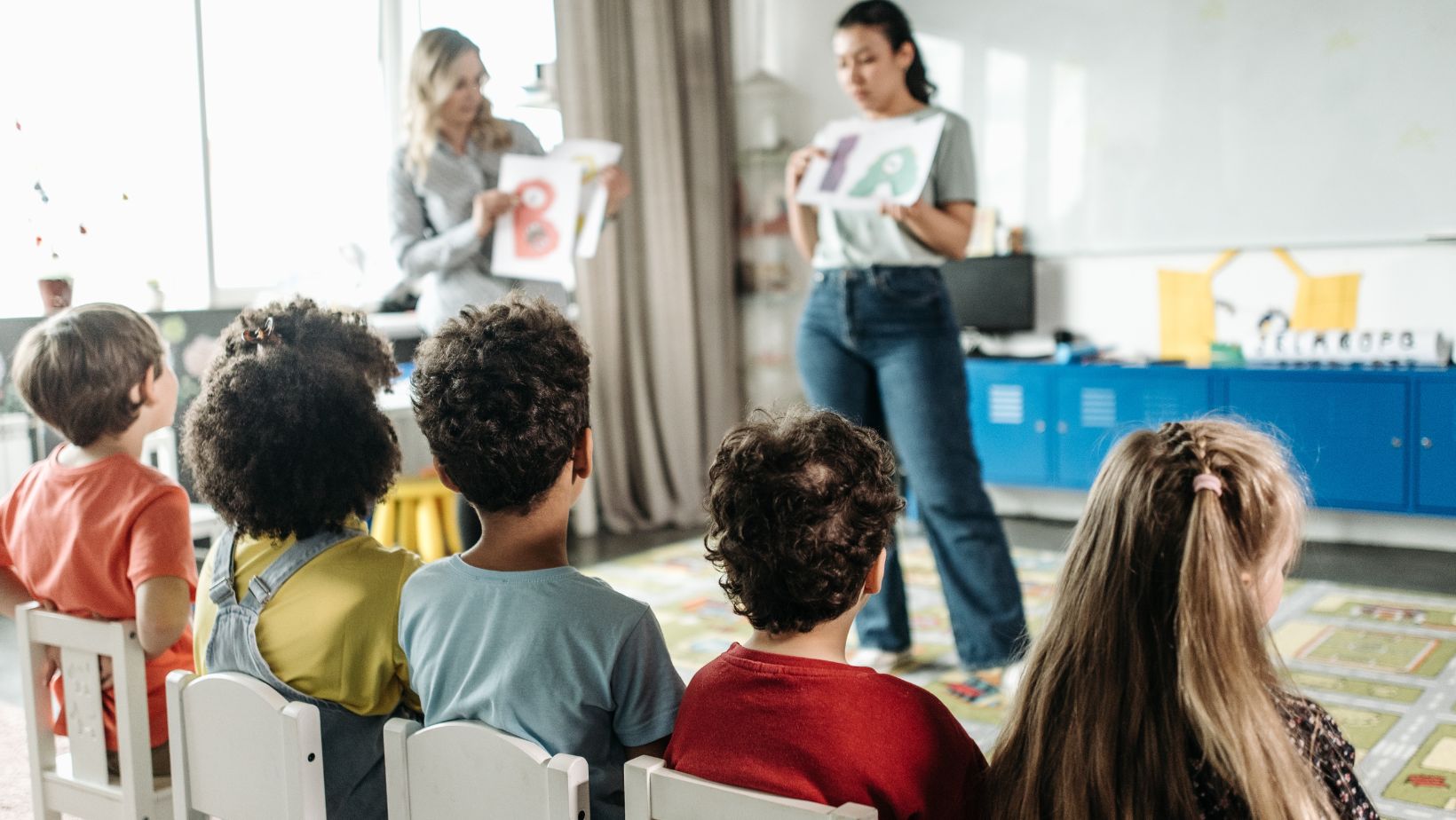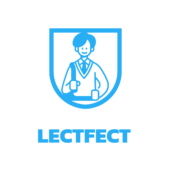Every child’s first steps into the world of education are more than just classroom routines and learning ABCs—they’re the beginning of how they’ll relate to knowledge, to others, and to themselves. Early learning environments play a critical role in laying the foundation for confidence, creativity, and cognitive growth. More than just preparation for grade school, these early years shape how a child approaches the world.
With rising awareness of how crucial these formative years are, families are placing greater emphasis on high-quality early childhood programs. These programs are no longer simply about structured play—they’re dynamic ecosystems where emotional, social, and intellectual skills begin to thrive.
Building the Foundations for Future Success
Research has long shown that a child’s brain develops most rapidly during the first five years of life. During this period, children absorb information, form language skills, and begin understanding relationships—all before they can tie their shoes. The environment in which this learning takes place is just as important as the content itself.
It’s in these environments that children learn how to interact with others, how to manage emotions, and how to problem-solve in simple but meaningful ways. These experiences not only set the stage for academic readiness but also foster the emotional resilience and curiosity needed to succeed throughout life.
For families in Ohio seeking quality options, programs like Celina pre k offer a strong blend of structure, nurturing care, and individualized learning opportunities. With a focus on cultivating confidence and creativity in children, such centers recognize that every child brings a unique personality and set of abilities to the classroom. The right environment amplifies these traits, helping children feel seen, understood, and supported.
The Role of Play in Intellectual Development
Too often, play is misunderstood as a break from learning. In reality, it’s a vital part of early education. Through play, children experiment with cause and effect, develop language skills, and practice cooperation. Whether building towers, role-playing in a pretend kitchen, or solving puzzles with peers, children engage in the kind of deep learning that textbooks alone can’t provide.
Structured play, when guided by trained educators, becomes an intentional tool to assess development and encourage growth. It fosters motor skills, builds vocabulary, and strengthens attention spans—all while keeping children engaged and joyful. High-quality pre-kindergarten programs ensure that this type of play is balanced with purposeful learning outcomes.
The Celina pre k environment, for example, integrates both free exploration and teacher-guided activities. Children are encouraged to express themselves, ask questions, and find solutions—all key skills that translate directly to success in elementary school and beyond.
A Partnership Between Parents and Educators
One of the most impactful aspects of early education is the collaboration between families and educators. When parents are involved in their child’s early learning journey, the results are tangible: improved academic performance, stronger social skills, and better behavior management.
Great early learning programs foster a culture of partnership. Educators share milestones, daily progress, and behavior updates, while parents contribute insights into their child’s personality, preferences, and routines. This shared approach helps create a seamless transition between home and school.
Parents who tour early education centers often note the sense of community as a deciding factor. The physical environment, the tone of interactions between staff and children, and the communication practices all contribute to building trust. Trust, in turn, allows children to feel safe and flourish.
The Power of Routine and Predictability
Young children thrive on routine. Predictable schedules help them understand expectations, reduce anxiety, and build independence. Quality early childhood centers know this and implement thoughtful routines that provide stability while remaining flexible to each child’s needs.

Daily schedules often include group learning, snack times, outdoor play, and quiet reflection periods. These aren’t just about order—they’re about rhythm, helping children feel in control of their day. Predictability helps children understand the world in a safe, manageable way, encouraging them to engage fully and confidently.
Preparing for More Than Kindergarten
While pre-kindergarten programs naturally aim to prepare children for the next academic step, the most effective ones also equip children with life skills. These include managing frustration, working in groups, listening attentively, and thinking independently.
By promoting problem-solving, self-expression, and empathy, these programs ensure that children enter kindergarten not just with academic readiness but with emotional and social maturity. These are the very skills that will serve them in relationships, in the workplace, and in navigating the complexities of life.
Choosing the Right Environment
Not all early education centers are created equal. Parents are encouraged to visit potential programs, observe classroom interactions, ask questions, and learn about teaching philosophies. Important factors to consider include teacher-to-child ratios, safety protocols, curriculum design, and communication practices with families.
Accreditation and teacher qualifications are also key indicators of quality. Experienced educators trained in early childhood development understand how to nurture children through encouragement, not pressure—through structure, not rigidity.
One standout characteristic of leading programs is their ability to recognize each child’s unique trajectory. Rather than forcing uniformity, these centers celebrate diversity in learning styles, interests, and paces.
A Community Investment
When a community supports high-quality early education, the benefits ripple outward. Parents can return to work knowing their children are in safe, enriching environments. Local schools receive students better prepared to learn. Employers benefit from a more stable workforce. And most importantly, children develop into confident, capable individuals.
Investing in early education is one of the most effective ways to strengthen the future of any community. Whether through funding, policy, or public awareness, supporting these programs creates a positive impact that lasts for generations.
Final Thoughts
Early education is not simply a step before “real” school—it is the beginning of a lifelong learning journey. Choosing the right environment can mean the difference between a child who enters kindergarten with hesitation and one who steps forward with confidence.
Programs like the one at Celina pre k are proving that early childhood education can be both academically enriching and emotionally nurturing. In doing so, they give children the tools not only to succeed in school, but to thrive in life.

By planting the seeds of curiosity, empathy, and resilience early on, we ensure that children are not just prepared for the classroom—they’re prepared for the world.

